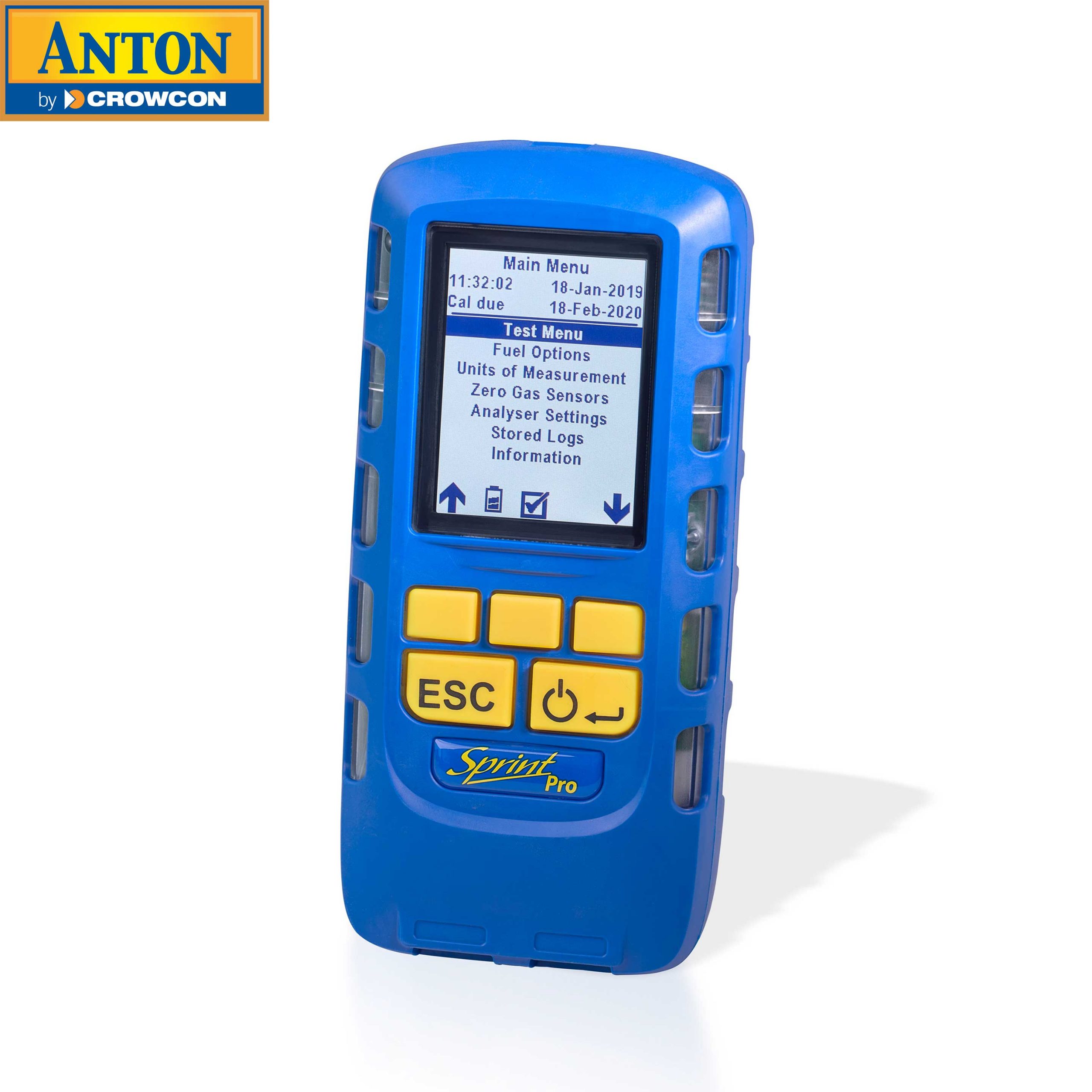Are you still using a stand-alone gas leak detector, or thinking of buying one? If you have a Sprint Pro 2 or higher, then there’s no need, because these Sprint Pros all have gas leak detection capabilities built in. In this post we’ll be looking at that capability in detail.
How to detect leaks with a Sprint Pro
Before you begin, you’ll need to have a gas escape probe (GEP) handy – if you have a Sprint Pro 3 or higher, this will have been supplied with the machine, but if you have a Sprint Pro 2 you’ll need to buy it separately.
Having plugged in your GEP, go into the test menu and scroll down to select gas escape detection. Your sensor must reach the correct temperature before you can go any further; the machine will do this automatically and progress is shown on the menu (the machine will let you know when the probe is ready). The Sprint Pro will then ask you to verify that you’re in clean air, at which point you zero the machine.
Then, place the probe in the area you wish to inspect, and keep it in place for at least a few seconds before moving it on to the next area to be checked. The Sprint Pro will make a sound like a Geiger counter (a series of clicks) and show a full colour bar graph display of gas levels as you approach a gas leak the sound will increase in pitch and the bar graph will indicate higher levels. Once you have located the leak, you can stop the test by pressing ESC.
Once you have finished looking for leaks, it’s best practice to use leak detection fluid to check all disturbed, suspected and inspected pipework, joints, fittings, test points and flanges in line with your local regulations.
Incidentally, the GEP is a precision instrument and can be damaged by impact. If your GEP is dropped, struck or otherwise damaged, it’s a good idea to check that it still works by plugging it into the Sprint Pro to make sure it’s recognised. If the Sprint Pro finds a fault in the GEP, it will let you know by means of a visual warning on the display. If this happens, or the GEP is visibly damaged, it must be repaired or replaced.
You can find more information about using the Sprint Pro to detect gas leaks on page 22 of the Sprint Pro manual (click here for a PDF version).

